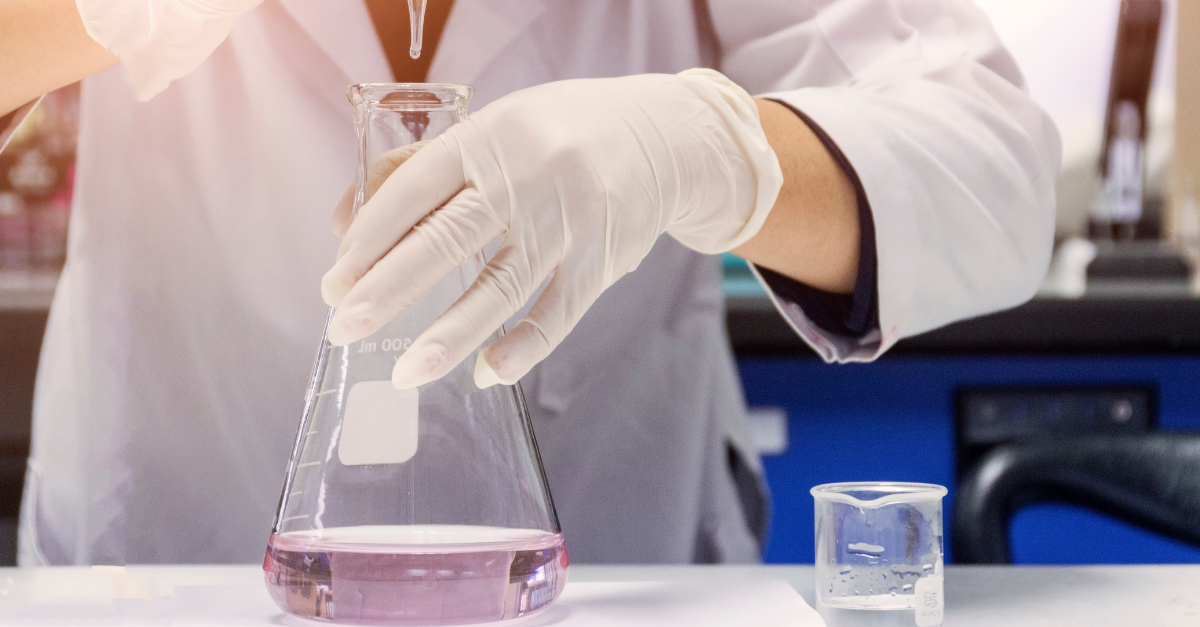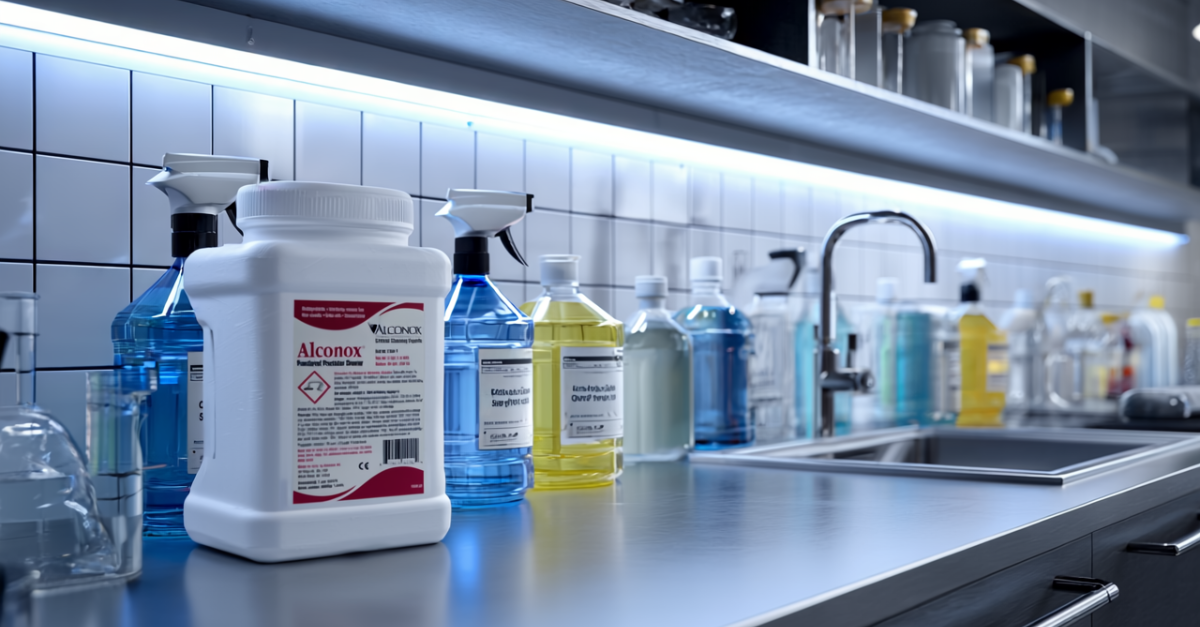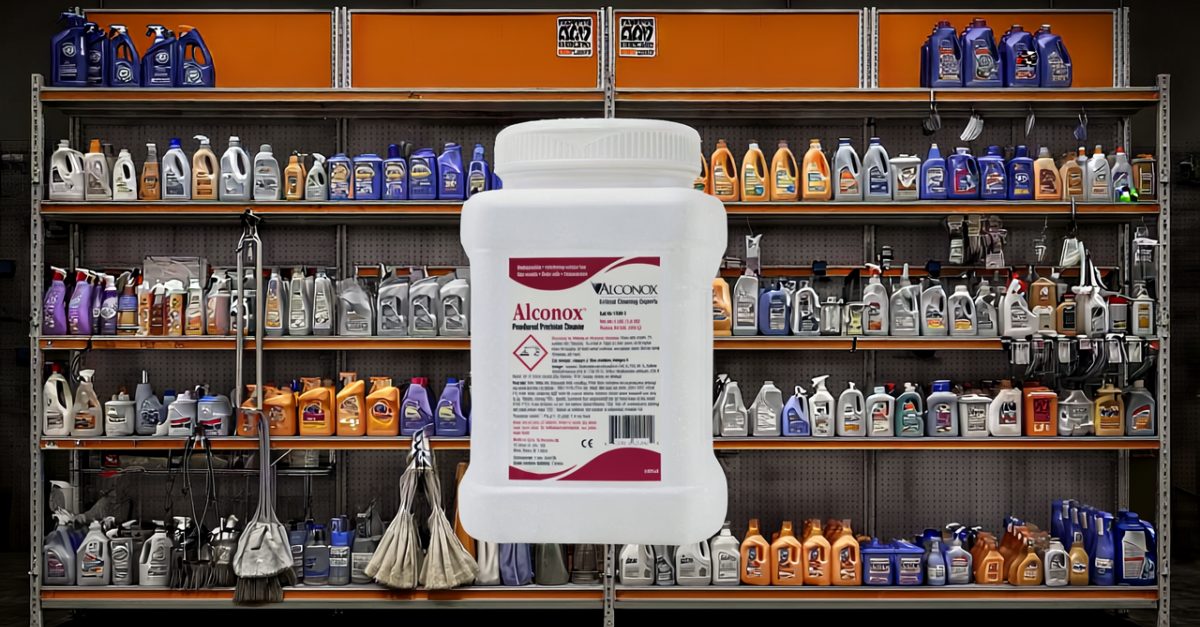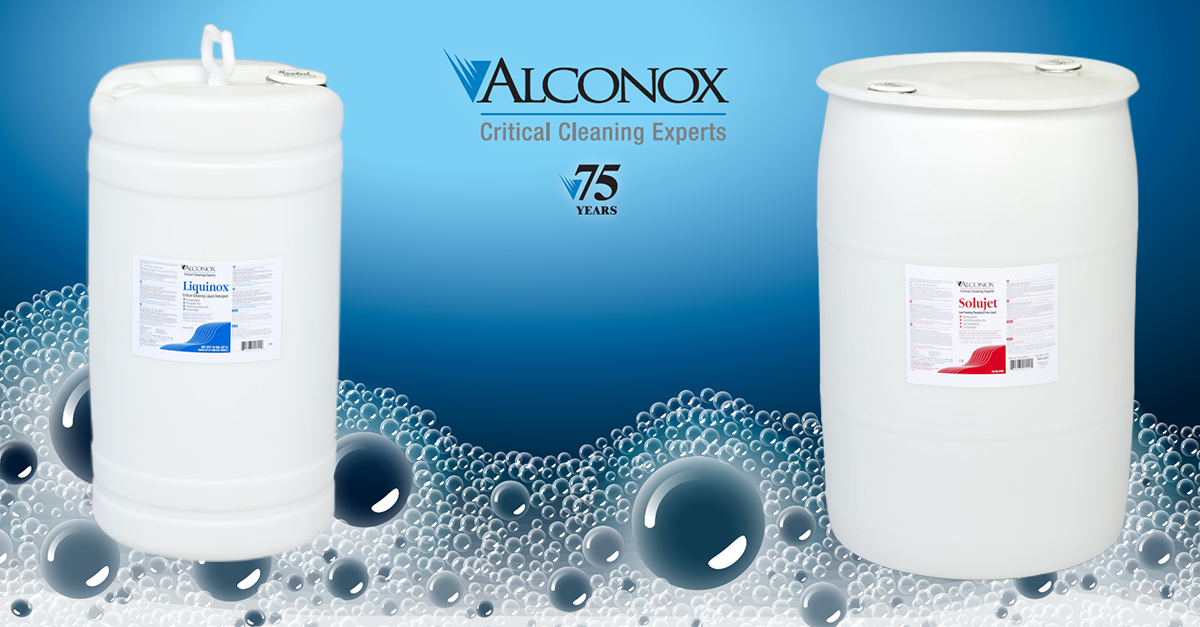
Q. My question is related to a minimum detergent concentration. We manually wash labware of all sizes in a 0.3% Liquinox solution. We also pre-wash and control our parts load. We replace the wash water with a fresh water plus detergent load routinely. We test the labware loads for soil and/or detergent residue using TOC analysis. We rarely have failures. We want to change our protocol to extend the wash water use for one day instead of based on a numerical parts load. Do you think a 0.3% Liquinox concentration is sufficient detergent capacity to go an entire day? And would our TOC analysis show us if we didn’t have sufficient detergent capacity or if we had detergent residue?
A. The critical micelle concentration (CMC) of Liquinox® Critical Cleaning Liquid Detergent is around 0.25 – 0.3%. However, as you elude to, concentration is indeed related to detergent capacity. The greater the concentration, the more residue that can be carried away. So as your bath gets fouled with residue, you may risk falling below the CMC. So whether or not 0.3% is sufficient for all day cleaning would be very much dependent on the nature of the residue and how much is on the parts.
If you’re looking to maintain the 0.3% concentration throughout the day with monitoring periodically, and are monitoring for residue and detergent residue via TOC, it sounds like you could possibly be okay. But, as you can see, you’ll just be squeaking by theoretically. Falling below the CMC greatly effects the solutions detergency. Most customers utilize a 1-2% concentration (even higher in dirtier applications) to give them a robust bath and life to get through a shift with room for variable soiling. Again, bath monitoring is the truest indicator of life.
These principles, with obviously slightly different specific CMC concentrations, can be applied to all of our detergents.
On the issue of monitoring via TOC testing… with a non-specific residue detection method, a passing grade will indicate all residue — soil and detergent — is gone. This does assume your soil pings TOC, but the vast vast majority do. Furthermore, if you don’t have sufficient detergent capacity, the soil will remain, but the detergent will likely be rinsed away because it is free-rinsing.
So in short, you’d theoretically be okay, but we don’t not recommend utilizing a minimum detergent concentration. A more robust conservative approach would be to use a higher concentration to allow for a safety factor and variability. If you have further questions about cleaning method, process, and testing, you may enjoy referencing our Aqueous Cleaning Handbook.
To request an Alconox, Inc. detergent for free, please complete the questionnaire at Get Sample. For more information about any one of our Alconox, Inc. detergents, consult the technical bulletin for each product. Or click here to access each of our detergent’s Safety Data Sheets.
Do you have a critical cleaning question for the experts at Alconox, Inc.? Search TechNotes to see if it’s been answered before or Ask Alconox.
Contact us any time: cleaning@alconox.com



